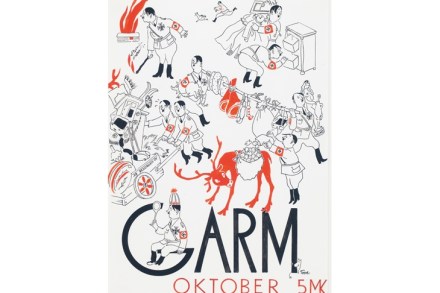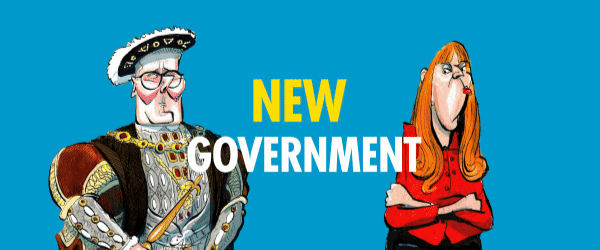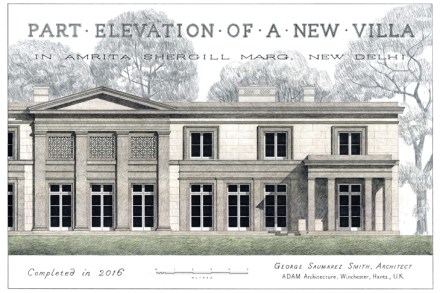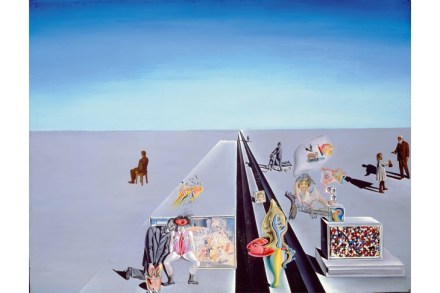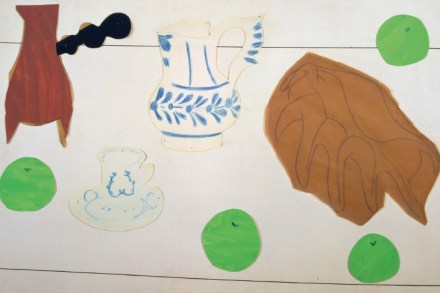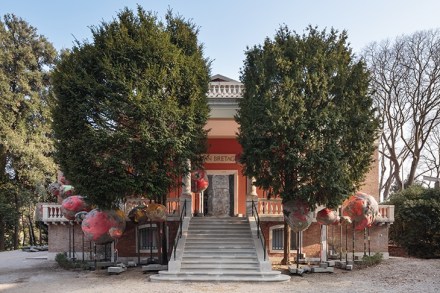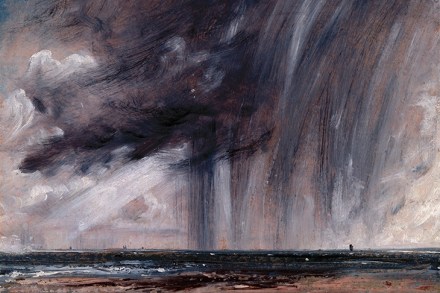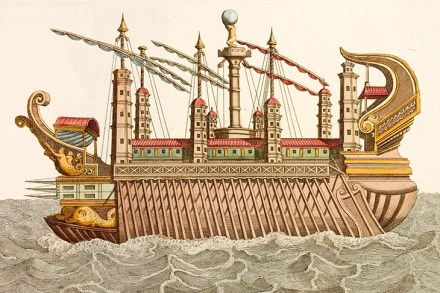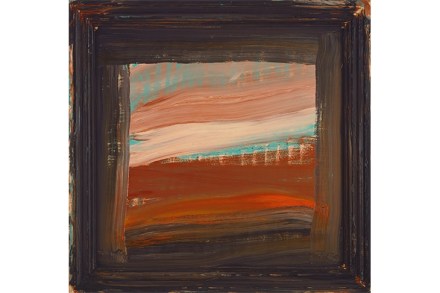Dark side of the Moomins
Tove Jansson, according to her niece’s husband, was a squirt in size and could rarely be persuaded to eat, preferring instead to smoke fags and drink whisky. And when she did eat, it was usually salted cucumbers — to go with the drink. You know, this late in life, I may have encountered my role model. We were at the launch of an excellent edition of four books in her Moomin series at the Finnish embassy. London is in the grip of a kind of Moomin madness right now, what with the books, a Moomin event at the South Bank and a new exhibition of Tove Jansson’s artwork at the
